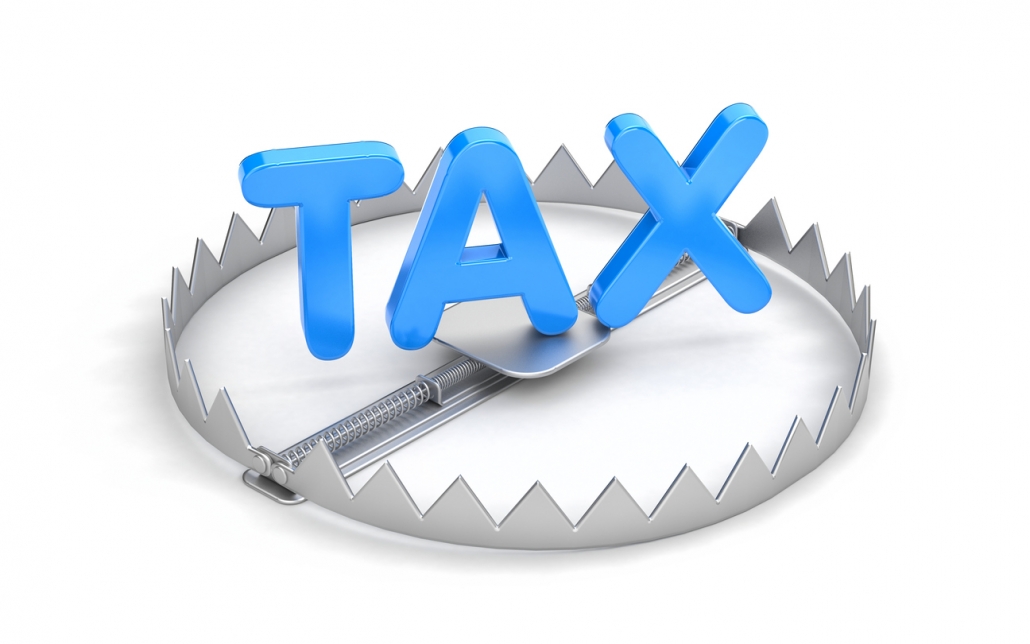Archive for November 2018
Understanding the Data Scorecard
Measuring the right activities today can tell you where your business is going tomorrow Being in the right place at the right time isn’t always a matter of luck. Organizations that adhere to the principles of the Entrepreneurial Operating System (EOS) use a powerful tool which allows them to take the pulse of their business…
Read MoreInvestments that Give You the Biggest Tax Breaks (Part One)
Insurance products offer tax-deferred growth while hedging your financial risk Investing is a wise way to build wealth for the future. But taxes can take a big bite of the money you earn if you don’t choose the right products. Fortunately, advanced planning can put you in the driver’s seat, enabling you to make informed…
Read MoreHow to Avoid Overpaying Tax on Stock Investments
Make sure you’re not paying the IRS more than necessary on your stock investment gains Even though stock investments can be risky, investors can realize pretty big returns. Most experts suggest creating a diverse portfolio of different kinds of stocks, and hanging on to them through various market fluctuations. But keep in mind that there…
Read MoreHow to Avoid Triggering the Dreaded Wash Sale Rule
Don’t make this critical mistake that keeps you from harvesting losses on taxable investments The silver lining to losing money in the stock market is getting a tax benefit. Recording a loss is as simple as selling the losing investment – and when your capital losses exceed your capital gains, you can take a tax…
Read MoreDon’t Let Fear of Getting Audited Stop You from Maximizing Your Tax Deductions
Not only is an audit unlikely to happen – if it does, it’s rarely a huge deal Few words inspire such fear in the hearts of Americans as “IRS audit.” In fact, 27 percent of Americans said they rather get an “IRS” tattoo than deal with the agency ever again, writes Money magazine. But one…
Read MoreTax-Deferred Accounts are Valuable – If They aren’t Your Sole Savings Strategy
Why diversification is critical for retirement accounts It sounds like a no-brainer for tax planning: defer as much income as you can from a current high-tax bracket to a time you are likely to be in a lower tax bracket, such as retirement. Tax-deferred accounts can be a valuable vehicle for tax-efficient retirement savings, especially…
Read MoreWhy You Can’t Overestimate the Importance of Tax Planning
Failing to create a plan is the most expensive mistake taxpayers can make Many people scramble to find ways to reduce their taxes as April 15 approaches – and then dive back into busy lives and don’t give them another thought until the following year. But not making time for advance tax planning is one…
Read More






